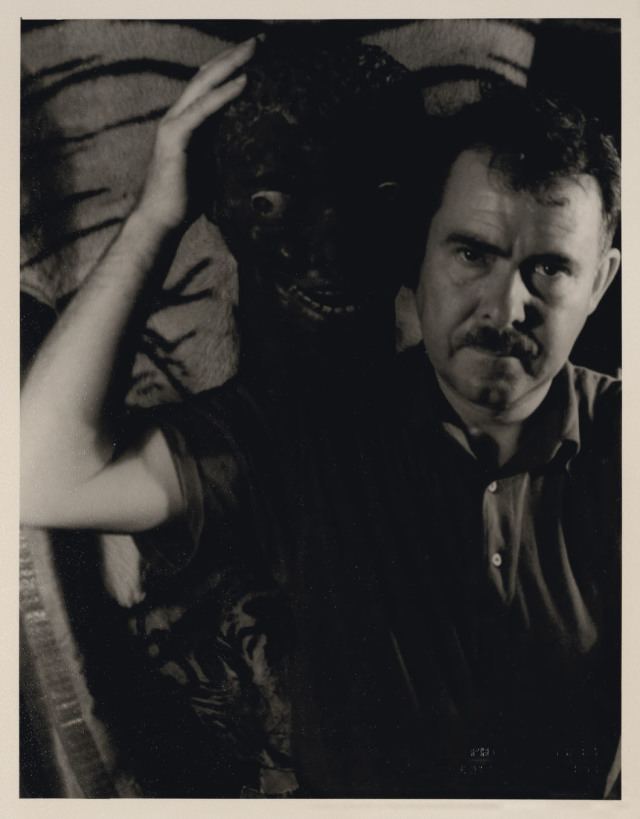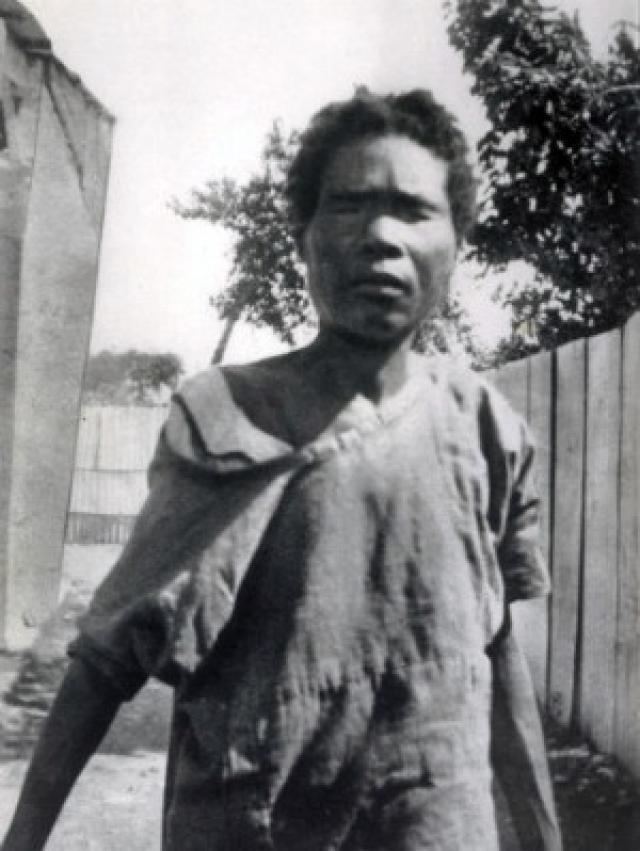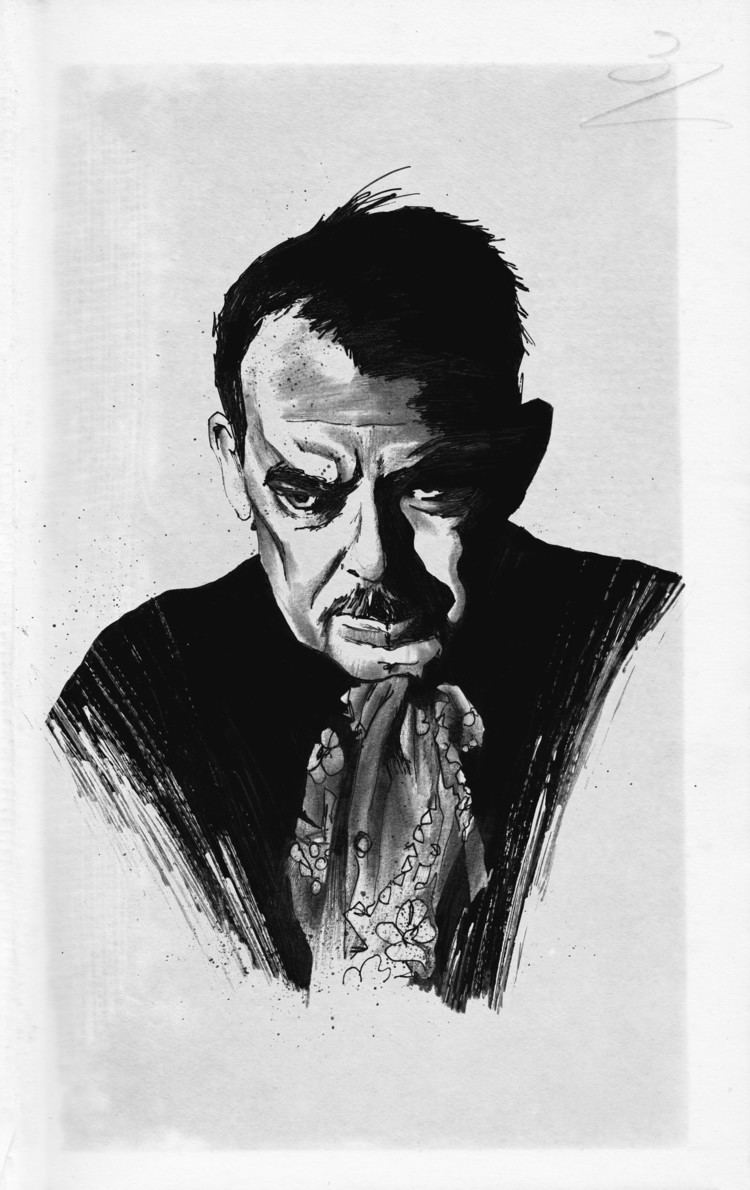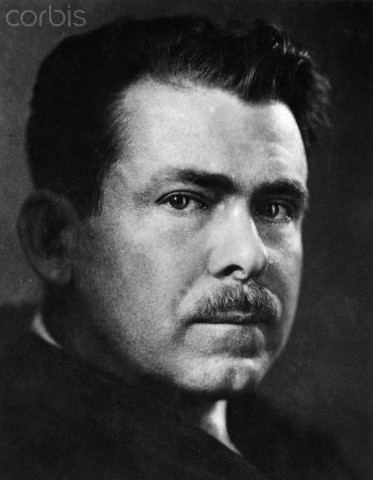Name William Seabrook | Nationality American Role Journalist | |
 | ||
Born William Buehler Seabrook22 February 1884Westminster, Maryland ( 1884-02-22 ) Books Adventures in Arabia: Among th, Air adventure, The Magic Island, Americans All ‑ A Human St, Witchcraft: Its Power in the World | ||
William Seabrook
William Buehler Seabrook (February 22, 1884 – September 20, 1945) was an American Lost Generation occultist, explorer, traveler, cannibal, and journalist, born in Westminster, Maryland. He began his career as a reporter and City Editor of the Augusta Chronicle in Georgia and later became a partner in an advertising agency in Atlanta.
Contents

William Seabrook Radio Audio Clip
Early life

In 1915, he joined the American Field Service of the French Army and served in World War I. He was gassed at Verdun in 1916 and was later awarded the Croix de Guerre. The following year, he became a reporter for The New York Times and soon became an itinerant.
Besides his books, Seabrook published articles in popular magazines including Cosmopolitan, Reader's Digest, and Vanity Fair.
Cannibalism

Seabrook went on a trip to West Africa, where he lived with a tribe known as the Guere. He asked the chief what human meat tasted like, but the chief couldn't describe it to Seabrook's satisfaction.

He reported that he later obtained, from a hospital intern at the Sorbonne, a chunk of human meat from the body of a healthy human killed in an accident. He cooked and ate it, getting a portion of stew with rice as well as a "sizeable rump steak, also a small loin roast to cook or have cooked" however he wanted. The source, Seabrook stated, was a recently killed man, but he was not murdered.
He reported that:
It was like good, fully developed veal, not young, but not yet beef. It was very definitely like that, and it was not like any other meat I had ever tasted. It was so nearly like good, fully developed veal that I think no person with a palate of ordinary, normal sensitiveness could distinguish it from veal. It was mild, good meat with no other sharply defined or highly characteristic taste such as for instance, goat, high game, and pork have. The steak was slightly tougher than prime veal, a little stringy, but not too tough or stringy to be agreeably edible. The roast, from which I cut and ate a central slice, was tender, and in color, texture, smell as well as taste, strengthened my certainty that of all the meats we habitually know, veal is the one meat to which this meat is accurately comparable.
Later life

In autumn 1919, English occultist Aleister Crowley spent a week with Seabrook at Seabrook's farm. Seabrook went on to write a story based on the experience and to recount the experiment in Witchcraft: Its Power in the World Today.
In 1924, he travelled to Arabia and sampled the hospitality of various tribes of Bedouin and the Kurdish Yazidi. His account of his travels, Adventures in Arabia: among the Bedouins, Druses, Whirling Dervishes and Yezidee Devil Worshipers was published in 1927; it was sufficiently successful to allow him to travel to Haiti, where he developed an interest in Haitian Vodou and the Culte des Mortes, which were described at length in his book The Magic Island. The book is credited with introducing the concept of a zombie to popular culture.
Seabrook had a lifelong fascination with the occult practices of satanism and Haitian Vodou, which he witnessed and described firsthand both in Third World countries, as documented in The Magic Island (1929), and Jungle Ways (1930). He later concluded that he had seen nothing that did not have a rational scientific explanation, a theory which he detailed in Witchcraft: Its Power in the World Today (1940).
In Air Adventure he describes a trip on board a Farman with captain Rene Wauthier, a famed pilot, and Marjorie Muir Worthington, from Paris to Timbuktu, where he went to collect a mass of documents from Father Yacouba, a defrocked monk who had an extensive collection of rare documents about the reclusive city at that time administered by the French as part of French Sudan. The book is replete with information about French colonial life in the Sahara and pilots in particular.
In December 1933, Seabrook was committed at his own request and with the help of some of his friends to Bloomingdale, a mental institution in Westchester County, near New York City, for treatment for acute alcoholism. He remained a patient of the institution until the following July and in 1935 published an account of his experience, written as if it were no more than another expedition to a foreign locale. The book, Asylum, became another best-seller. In the preface, he was careful to state that his books were not "fiction or embroidery".
He married Marjorie Muir Worthington in France, in 1935, after they had returned from a trip to Africa on which Seabrook was researching a book. Due to his alcoholism and sadistic practices they divorced in 1941. She later wrote a biography, The Strange World of Willie Seabrook, which was published in 1966.
Death
On September 20, 1945, Seabrook committed suicide by drug overdose in Rhinebeck, New York.
References
William Seabrook WikipediaPhoto Credits Portrait of William Seabrook by Luke Forster
